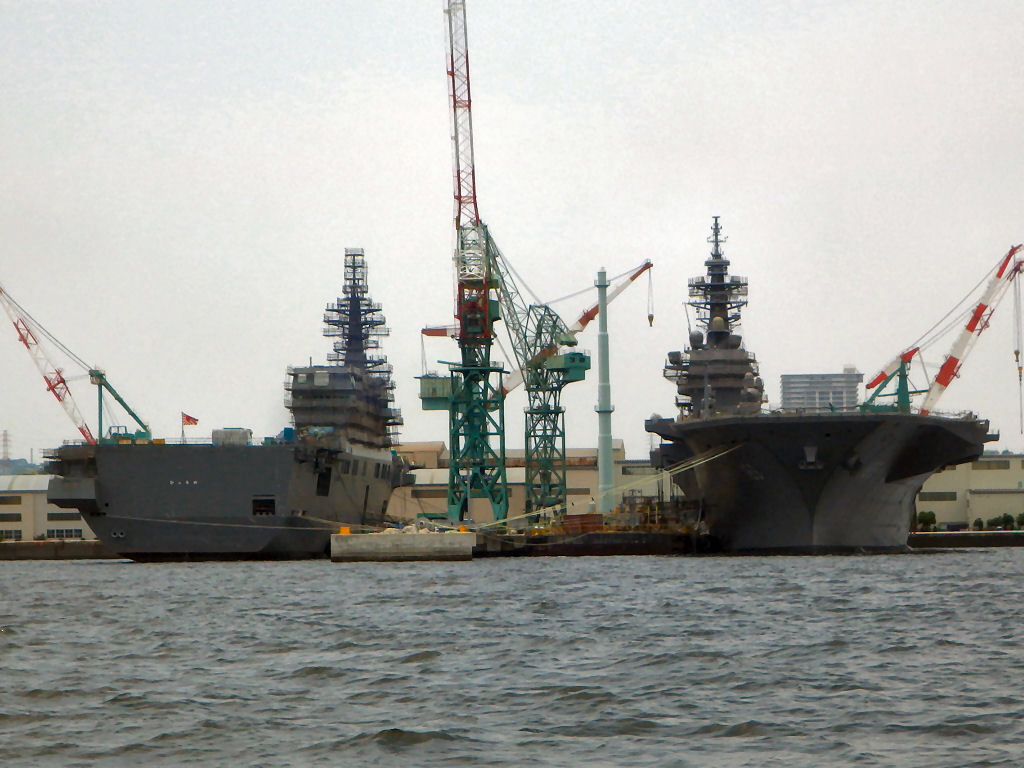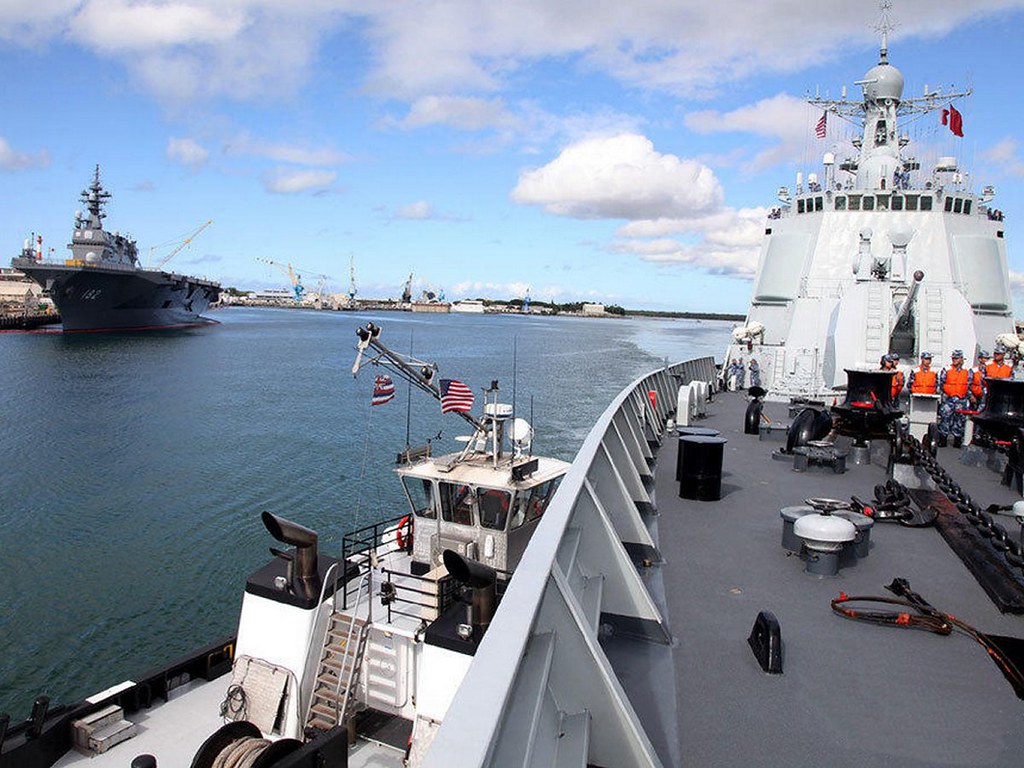Japan is at a historic crossroads in amending its long-held pacifist defense posture, a move that it may never reverse. Prime Minister Shinzo Abe’s Cabinet formally reinterpreted the war-renouncing Article 9 on Tuesday, reading the Constitution as permitting at least partial use of the right of collective self-defense.
...snip...
Collective self-defense is a right granted to member nations by Article 51 of the United Nations Charter, which allows them to aid allies under military attack. But previous governments have maintained that Article 9 prohibits Japan from exercising that right because it exceeds the “minimum necessary” use of force for self-defense mandated by the war-renouncing Constitution.
Abe maintains that Japan can use “minimum necessary” force in collective self-defense if “there is a clear existential threat to Japan and if people’s right to life, liberty and pursuit of happiness could be fundamentally overturned.”
The ambiguous wording has fanned fears that the government might greatly expand the scope of oversea Japanese military operations to support an ally — most likely the United States — even if Japan itself was not under attack.
...snip...
“It depends on how many (supplies) would be cut. . . . (The government) would make a judgment only after something takes place in reality,” Komura said, underlining the ambiguous nature of the conditions set by the Cabinet.
...snip...
On Sunday, an unidentified man believed to be in his 60s mounted a solitary protest in front of crowds outside JR Shinjuku Station in Tokyo before pouring gasoline on himself and lighting it. The act shocked many people both at home and abroad.
But most Japanese people lack such extremes of feeling about the change, and surveys show a more nuanced assessment.
...snip...
Japanese people have long known of Abe’s ambition to pull the teeth from Article 9 and make Japan more militarily active.
Still, a majority of people have supported Abe, probably thanks to the tentative success of his aggressive economic and financial policy measures, making him one of the most popular prime ministers in years.
At the same time, many people, in particular the younger generations, support Abe’s drive to expand the role of Japan’s military as collective memories of World War II fade and many Japanese have instead become spooked by China’s rapid military rise.


